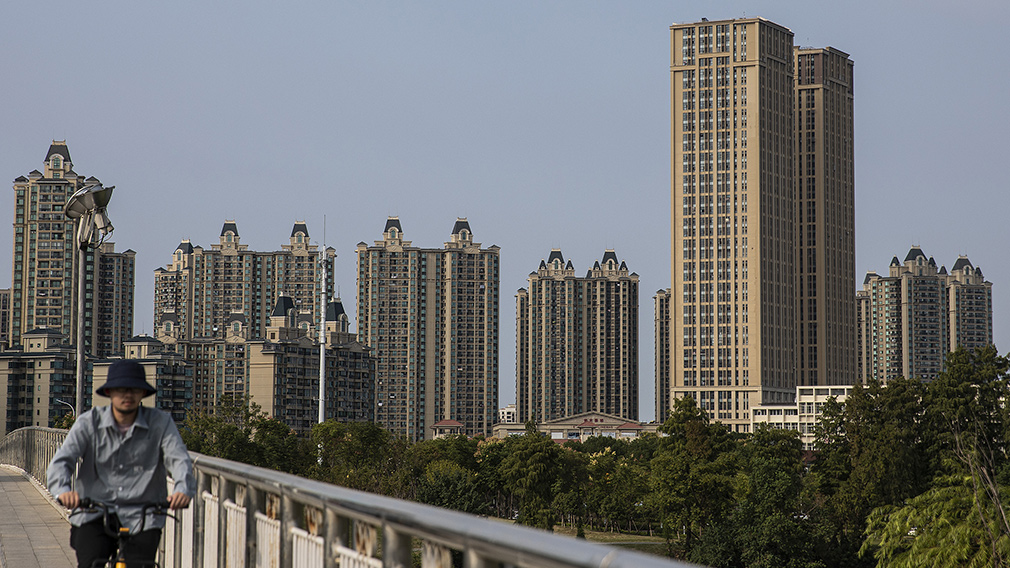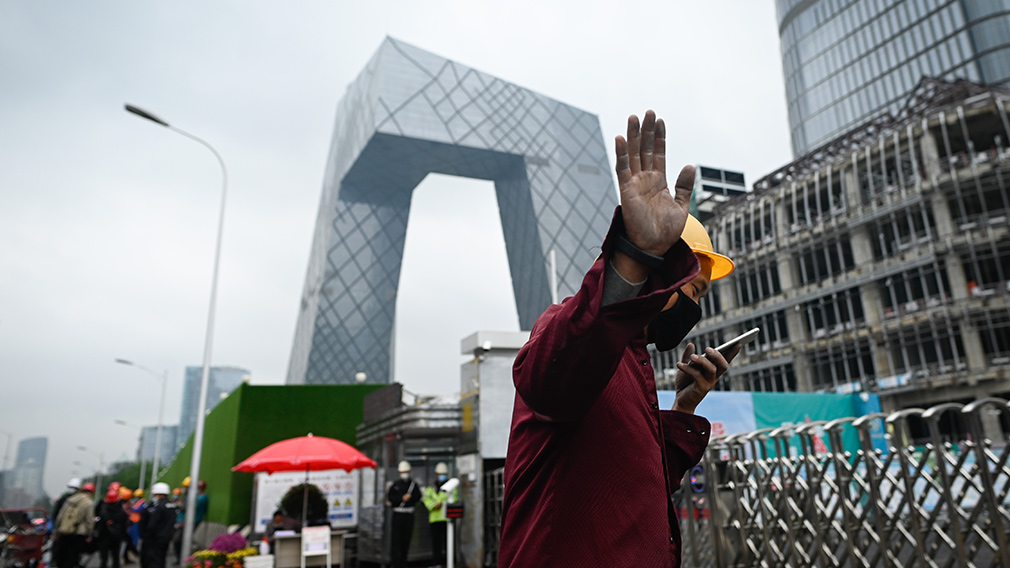China tourism a boon for savvy SMEs

China is tipped to soon replace New Zealand as Australia’s main inbound tourism market, creating opportunities for businesses set up to prosper from soaring demand for the nation’s natural wonders and culinary delights.
According to Tourism Research Australia, international arrivals were forecast to rise 6.7 per cent and total inbound expenditure by 7.4 per cent in 2016−17 thanks to cheaper fuel prices, a lower Australian dollar and increased aviation capacity. This will chiefly be driven by Asian markets, led by China (up 18.5 per cent in 2016–17), which will replace NZ as our main inbound market by 2017–18.
Domestic tourism is also forecast to improve solidly, as many Australians swap overseas travel plans for holidays at home thanks to a lower Australian dollar.
Government agencies are there to assist with increasing tourist visitation and spend. While specific strategies depend on the nature of your business and location, the most important thing to understand is that you are not alone. Federal and state tourism bodies run domestic and international marketing campaigns, provide regular market research, and offer business development resources including grant programs, educational tools and partnerships to access trade events and channels for promotion and distribution.
“China is NSW’s largest tourism and trade partner, and visitor numbers are already at almost 639,000 visitors to June this year, a 21 per cent increase on the previous year,” says Stuart Ayres, NSW Minister for Trade, Tourism and Major Events.
“The dedicated NSW China Tourism Strategy markets NSW in innovative ways, including through cooperative partnerships and marketing programs with six major carriers flying between China and Sydney, wholesalers, retailers and online travel agencies.
“Destination NSW continues to focus on the delivery of media and travel trade educational familiarisation programs (and) a variety of platforms for the NSW industry to better attract and service Chinese visitors, such as China-ready toolkits and industry training workshops.
“NSW also has a strong digital presence via our Chinese website Sydney.cn and our Sydney and NSW-themed social media channels, with a combined 2.1 million fans and followers on WeChat, Weibo, Tudou and Youku.”
While a younger generation of Chinese travellers speak English, China-ready operators should consider staff with language skills or use the federal government’s Translation and Interpreting Service, which provides interpreters for a fee, including via a 24-hour Automated Telephone Interpreting Service.
The Australian National Maritime Museum in Sydney became “China ready” this year by contracting consultants Australia Attractions to help with marketing, recruiting local Chinese-speaking staff and working with Chinese bankcard company UnionPay.
Even without engaging assistance from an official channel, plenty of advice exists to help facilitate visits from foreign delegations. Tourism and Events Queensland offers a number of helpful tips in relation to understanding the cultural expectations and customs of Chinese visitors, such as:
- A welcome from a senior manager to give “face” is important to high-end travellers, especially the older generation
- The Chinese do not like to be touched by strangers but, after a successful visit, a farewell hug is acceptable; and
- Use an open hand and not an index finger to point or call someone over.
“We have found that international tourists travel to experience the best of Australia: its pristine landscapes, innovative cuisine and fresh local produce – considered a real luxury in Asia,” says Huong Nguyen, director of Escarpment Group. “They don’t really want to feel as if they are still at home.”
While Nguyen believes that “genuine hospitality service and a warm smile speaks to all cultures”, Escarpment Group has an international management staff with cultural appreciation for its diverse customer base and abilities in 16 different languages, including all four Chinese dialects.
“Increasing tourist numbers and return patronage to the Blue Mountains means we really need new products and experiences – immersive, indulgent and sensory driven – to encourage overnight stays,” says Nguyen, who has plans for a cafe located near Echo Point in Katoomba focusing on Asian street foods and a day spa and wellness retreat.
Katoomba’s Scenic World, the most visited privately owned attraction in Australia, believes investment in staff is critical, particularly cultural training, reward programs and consistent two-way communication.
“It may sound simple,” says Amanda Byrne, head of marketing and events, “but happy, engaged staff create happy visitors who create invaluable word-of-mouth marketing.
“Many people dismiss China as being a discount ‘group’ market but we have seen a 25 per cent increase in the FIT (free independent travellers) market this financial year to date. Japan is also making a comeback. We expect strong visitation from Asian markets to continue in 2017.”
Scenic World also sees the value in developing social media strategies on China’s micro-blogging site Weibo and instant messaging app WeChat. Both are behind China’s firewalls that block Western social media. “It can be difficult to establish these platforms from within Australia but there are a number of companies who can assist you to do this.”
Ms Byrne also emphasises industry partnerships. “As regional operators, our first marketing objective is to sell the region. We take a destination approach, particularly in our content marketing.”
Jason Cronshaw, president of the Blue Mountains Accommodation and Tourism Association, adds: “It’s important to be part of organisations that can help promote a region, but individuals need to get out and promote themselves directly.”
Mr Cronshaw points to smarter marketing for “what the new generation of traveller wants and how they buy”, including properly customising your website for smartphones and meeting the new norms of traveller expectations such as free Wi-Fi and information about the best local eateries.
With 2017 looking to be bountiful in terms of tourist visitation, there’s little doubt that businesses that cater to tourists’ needs and who can identify their unique point of difference will stand to reap the results.
Useful resources:
Tourism Research Australia
Tourism Australia
Destination NSW
China Market Toolkit
Tourism and Events Queensland
China Cultural Information and Training Resources for Tourism Operators
Tourism Western Australia
Tourism Victoria
South Australian Tourism Commission
Tourism NT
Tourism Tasmania
Translation and Interpreting Service
Words by Julian Leatherdale
The articles represent the views of the authors and not necessarily that of the Bank. You should seek independent professional advice before acting on any matters set out in the articles.


